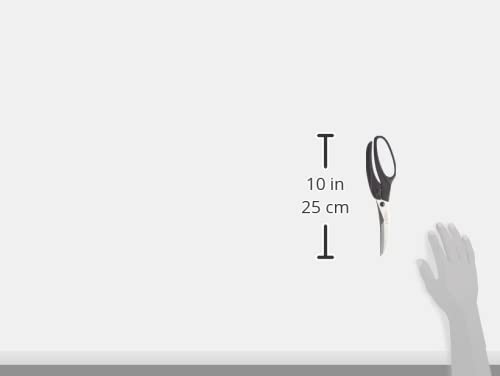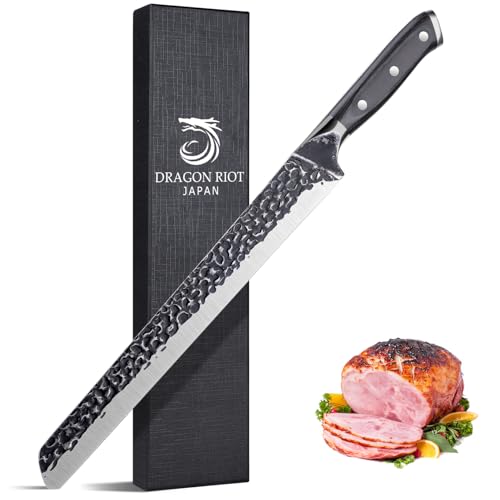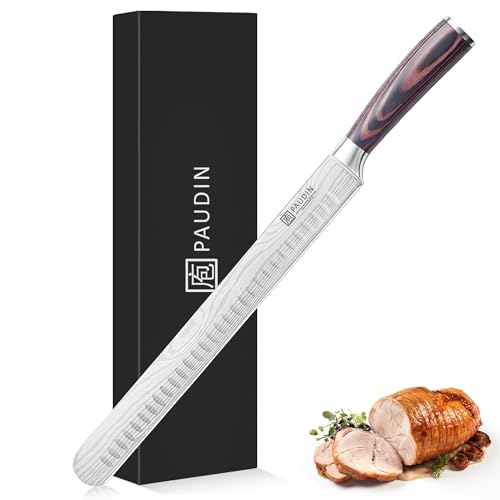Understanding the Importance of Kids’ Full-Face Helmets: Safety First
Why Full-Face Helmets Matter
When we think about our kids riding bikes or scooters, safety is the top priority. Full-face helmets provide comprehensive protection, covering not just the top of the head but the face and jaw as well. Imagine your child zooming down the street, feeling the rush of wind in their face, and then having a sudden mishap. A full-face helmet acts like an armoured shield, reducing the risk of serious injuries. It’s much more than just compliance; it’s about giving our children the freedom to explore while keeping them safe.
Real-Life Scenarios of Protection
Think of a scenario where our child is learning to ride a bike. There’s laughter, excitement, and maybe a few wobbly moments. If they take a tumble, a full-face helmet can help absorb impact and protect their face from scrapes and bruises. Just as car seat belts protect us in a vehicle, these helmets are designed to protect our precious little ones during their adventures.
Key Features to Look For in a Kids’ Full-Face Helmet
Material and Build Quality
When selecting a helmet, we should consider the material. Look for helmets made from lightweight but sturdy materials, such as polycarbonate or fibreglass. These materials can provide excellent protection without being heavy on a child’s head. The build quality is vital too; seams should be smooth, and the lining should offer comfort while also being removable for washing.
Ventilation and Comfort
Comfort is essential for acceptance. Helmets with proper ventilation not only keep our children cooler while riding but also prevent distractions caused by warmth or discomfort. Look for models with strategically placed vents that promote airflow, making it easier for our kids to feel comfortable for longer periods.
Visor and Safety Features
A visor is more than just a fancy addition; it helps protect our child’s eyes from the sun and debris. We should also check for additional safety features like padding, reflective elements, or even emergency release systems which enhance safety and visibility.
Choosing the Right Size: A Parent’s Guide
Measuring Head Size
Selecting the correct helmet size can seem daunting, but it’s straightforward. We simply need to measure our child’s head circumference with a simple tape measure. Wrap it around the widest part of the head, typically just above the eyebrows. Once we have that measurement, we can refer to the size chart of the helmet brand in question.
Trying it On
Once we have a size, it’s a good idea to try the helmet on. It should fit snugly without being overly tight—akin to a comfortable hug around the head. The helmet should sit low on the forehead, right above the eyebrows, and should not tilt side to side. If our child can move it around too easily, it’s too big; if it pinches, it may be too small.
Top Recommended Kids’ Full-Face Helmets for Every Budget
Affordable Choices
For those mindful of budget, there are great options available that don’t compromise safety. Many brands offer full-face helmets under a certain price range that still meet safety standards while providing the necessary features for our young riders. It’s about striking a balance—style, safety, and savings.
Mid-Range Options
Mid-range helmets usually provide enhanced features such as better ventilation, improved cushioning, and stylish designs that appeal to kids. Investing a little more ensures our child is getting an excellent product that is likely to last longer and provide better protection.
Premium Selections
If we’re looking for the very best, premium helmets often include cutting-edge technology for safety, superior materials, and are designed for a perfect fit. Although they come with a higher price tag, many parents find them worth the investment due to their longevity and advanced safety capabilities.
Tips for Encouraging Your Child to Wear a Helmet
Making it Fun
We can encourage helmet use by turning it into a fun activity. Letting our children pick out their helmets, perhaps with their favourite colours or characters, can foster excitement. When they feel a sense of ownership over their gear, they are often more likely to wear it.
Lead by Example
As parents, we can also set the tone by wearing helmets ourselves when engaging in similar activities. Children emulate their parents, and when they see us prioritising safety, they’re likely to follow suit.
Incorporating It into Routine
Establishing a routine that includes wearing a helmet every time they ride, just like putting on shoes, can help make it a norm. Consistency is key, and before long, putting on a helmet will become second nature for our little ones.































